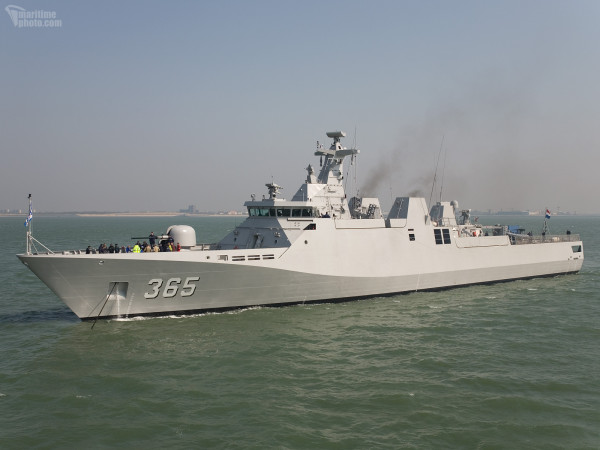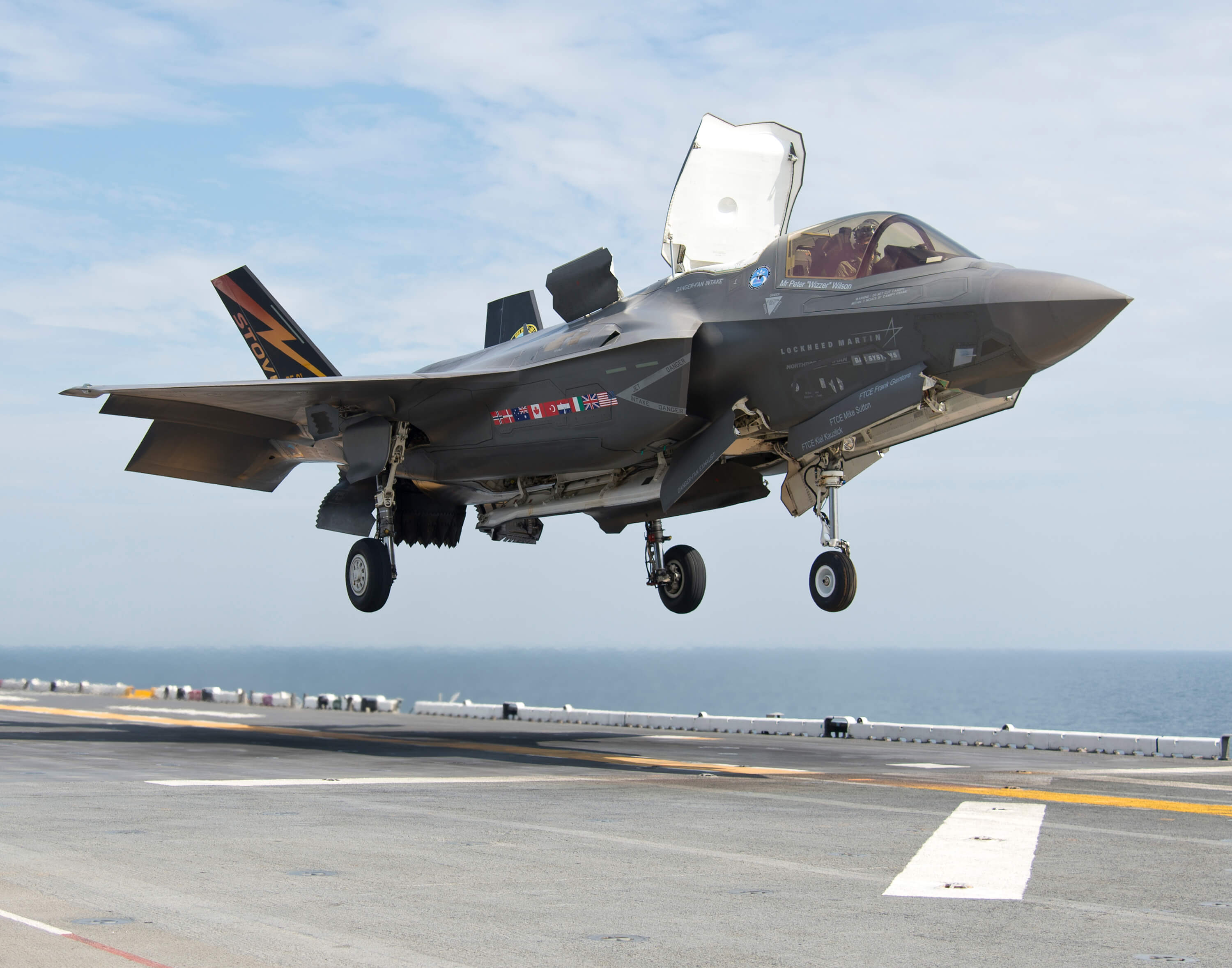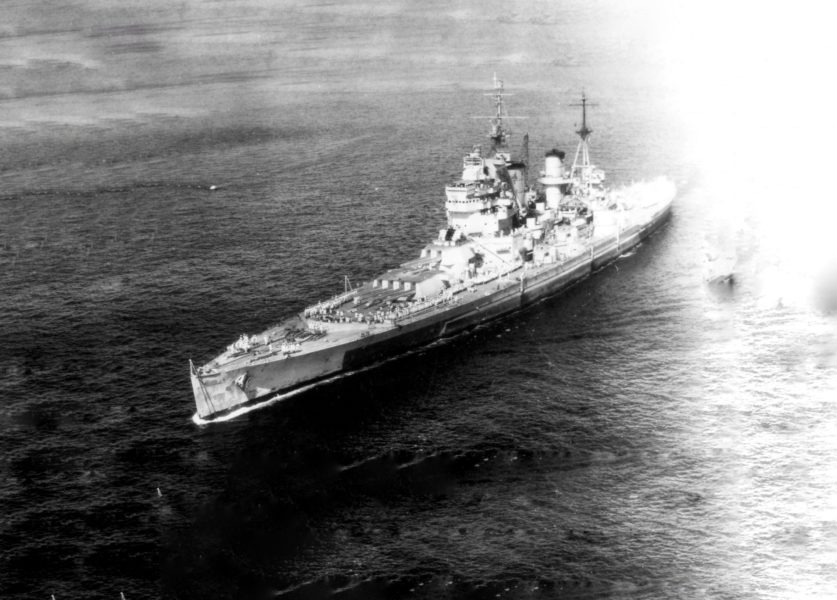South Korea has consistently been on high alert about North Korea’s elusive post-Cold War nuclear program in the off chance a strike were to be launched headed its way. Of particular importance to South Korea is its inability to concretely define North Korea’s motives for spearheading the development of long-range missile technology, casting doubt for South Korea about how to effectively arm itself. But after years of being kept in the dark and trying to deconstruct fact from myth about the nuclear program, South Korea recently announced it was no longer taking any chances.
The announcement was made on August 14, 2016, when South Korea openly declared it was investing in additional Hyunmoo ballistic missiles, missiles that could be used to wipe out all North Korean military bases should South Korea be attacked. A government official anonymously explained to Yonhap News Agency, South Korea’s largest news agency, that an increased amount of Hyunmoo 2A and 2B missiles, which can reach targets of up to 300 and 500 kilometres away respectively, places Seoul in a favourable position to “neutralize Pyongyang’s missile threat,” particularly critical as it is commonly believed that North Korea has the ability to inflict considerable damage to much of South Korea and even as far as Japan.
The missiles are part of what South Korean Defense Minister Han Min-koo calls a “triple defense posture”. Alongside the commission of Hyunmoo missiles to grant the country pre-emptive strike advantages, South Korea plans to build a Korea Air and Missile Defence and “kill chain”, a mechanism that can detect and neutralize incoming, hostile missiles before they reach their target.
South Korea’s decision to escalate its nuclear deterrence efforts has gained significant traction in the last decade ever since North Korea demonstrated its nuclear capacity by detonating its first atomic device almost ten years ago. Interestingly, observations from this launch and several others have fostered a sense of fearmongering that is not actually based on direct evidence from the internal structure of the program but rather from intelligence gathered by high-level defectors, examination of images of propaganda, and observable data from test launches.
Despite the international community’s lack of concrete proof, it is understood that North Korea’s nuclear capability is becoming increasingly formidable, evidenced by three previously conducted underground nuclear tests in 2006, 2009, and 2013 that resulted in North Korea incurring UN Security Council sanctions. There is an argument that South Korea needs to take a proactive stance on this issue since “[North Korea] is in a spiral of escalation and we are underreacting when their capabilities are accelerating.” Not to mention, Kim Jong-un, Supreme Leader of the Democratic People’s Republic of Korea, shows no inclination to dismantle the program, despite the UN’s best efforts, as he recently authorized a test of a potential fission bomb back in January earlier this year. Mr. Jong-un seems unmoved by his blatant disregard for the Security Council’s wishes, instead proudly boasting that his nuclear weapons program “brought his country dignity and national power.”
In an interview held on July 11, 2016, Min-koo reaffirmed South Korea’s commitment to moving forward with its plan with the help of the United States but refused to disclose specific details. The minister simply added that the project was already significantly underway but gave no completion date.
Main Photo: Republic of South Korea’s 5th Army Brigade in an exercise (2014). Courtesy of the Republic of South Korea Armed forces via Wikimedia Commons. CC-BY 2.0.
Disclaimer: Any views or opinions expressed in articles are solely those of the authors and do not necessarily represent the views of the NATO Association of Canada.




